If you develop new products – or source new products from manufacturers – how do you decide what might sell? You may even consider improving previous products or services and adding new features.
Most businesses do some form of market research combined with elements of predictive analytics to see if their new product will be well received.
One effective method of identifying opportunities is to study the market and look for market gaps.
Just what are market gaps and how can you use them to boost sales and revenue and stimulate business growth? Are market gaps a surefire path to success or do you have to approach any opportunity with care?
Article Shortcuts:
What are Market Gaps?
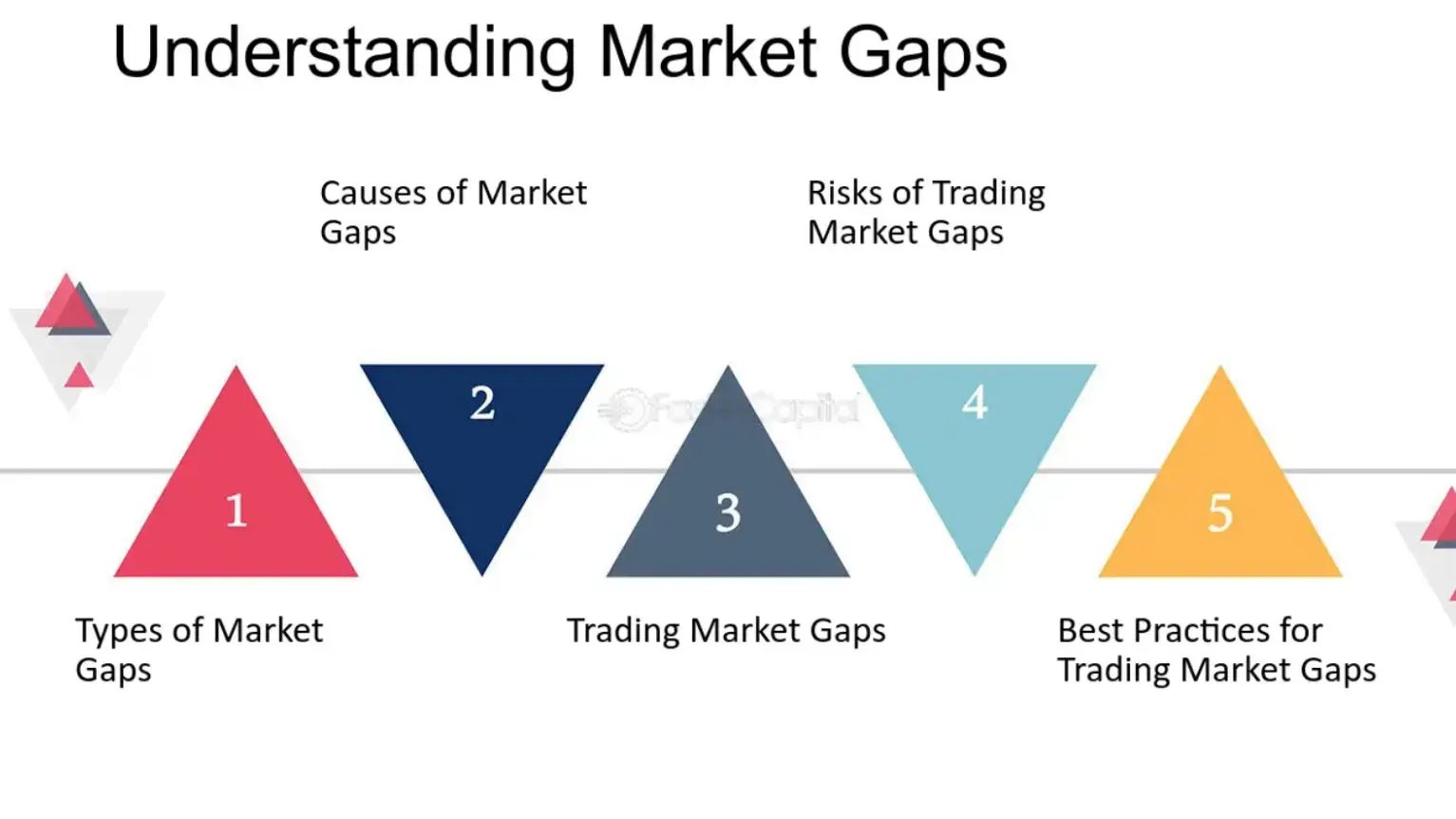
Source: FasterCapital
A market gap appears when something is missing from the current products or services on offer. There may be a lack of products or services that meet customers’ expectations or desires.
It may also be that there are features that customers want that do not exist in the current offerings. When any sort of gap appears, it can offer an opportunity for any business to fill that gap.
A good example could be the current rapid development of AI technology.
Although there are many AI-powered services available, a SaaS company might see a gap where an advanced LLM offers more than the current market offers. That gap, if big enough for that business to target, could mean the organization sees increased growth.
Market gaps can go beyond products/services or even features.
If a business offers poor ancillary services such as onboarding or even customer service, then another organization could see an opportunity where their product is at least equal to their competitor’s offering, but they can look to provide far superior ancillary services. Given that 60% of customers want a brand to meet all their needs, this can be an area where you can increase your customers.
How Do You Identify Market Gaps?
To seize opportunities from market gaps, you first need to spot them. Which methods – or combination of methods – will best suit you will depend on a range of factors including your business type.
1. Customer feedback
Your customers are the best experts when it comes to knowing what they want from products or services.
However, in most cases, you need to be proactive in collecting that information and discovering what gaps may be exploitable. There are various methods for collecting customer feedback.
- Email surveys. You can make your existing customers your first port of call. Send an email to your subscribers list asking what products they want to see, what improvements to products, or what new or improved features they want.
- Social media surveys. A survey on social media can cast your net wider than your current customer list.
- App or website surveys. Having a simple pop-up in your app or on your website can collect similar information.
- Customer service surveys. If an existing or potential customer calls you, then it’s an opportunity to ask some questions.
Make your surveys a mix of quantitative and qualitative questions. For example, they can give a numerical score on your customer support provision but can give a qualitative answer about new products or features.
2. Social listening
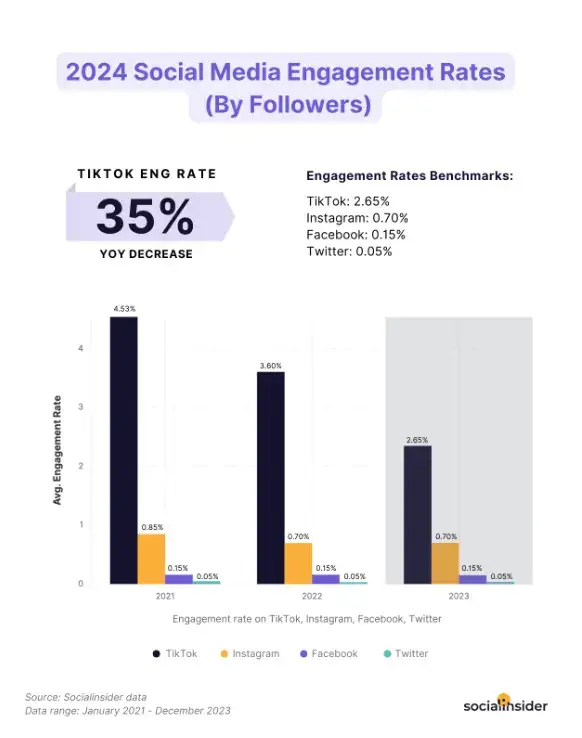
Source: socialinsider
By employing social listening tools, you have the opportunity to not only monitor what people are saying about your brand and products but also to identify other conversations about potential market gaps.
There may be a thread about one of your competitors where people complain about problems with the product or features they feel would have enhanced it.
For example, you might highlight a thread where people are complaining about another brand’s failure when it comes to TCPA compliance. You could see this as a market gap and use your marketing to show how you are fully compliant with all industry laws and regulations.
3. Data analysis and predictive analytics
You collect a wealth of data from your customers and website visitors. You can use this to identify behavioral patterns and predict future behavior.
Are visitors to your website visiting a certain landing page but never progressing to a purchasing decision?
Maybe the product on that landing page falls short of their expectations and meeting those expectations could fill the gap. That data can also be used for predictive analytics.
As well as being able to carry out demand forecasting to see how much of a product might sell next year, you can also use it to predict what new products will be in demand which could be a major opportunity.
4. Market research
While data from customer and social media surveys will be invaluable, it only provides a limited snapshot. If the market you operate in is large, then you want an idea of how it might evolve in the future.
Market research can give you a better idea of what new products or services will be in demand or what improvements people want to see in future offerings.
Market research will also look at what is currently available. This part can help you identify if upgrades are needed with new features that customers want.
There are various types of market research you can employ:
- Public surveys.
- Sector-specific surveys.
- Focus groups.
- Segmentation surveys.
5. Competitor analysis
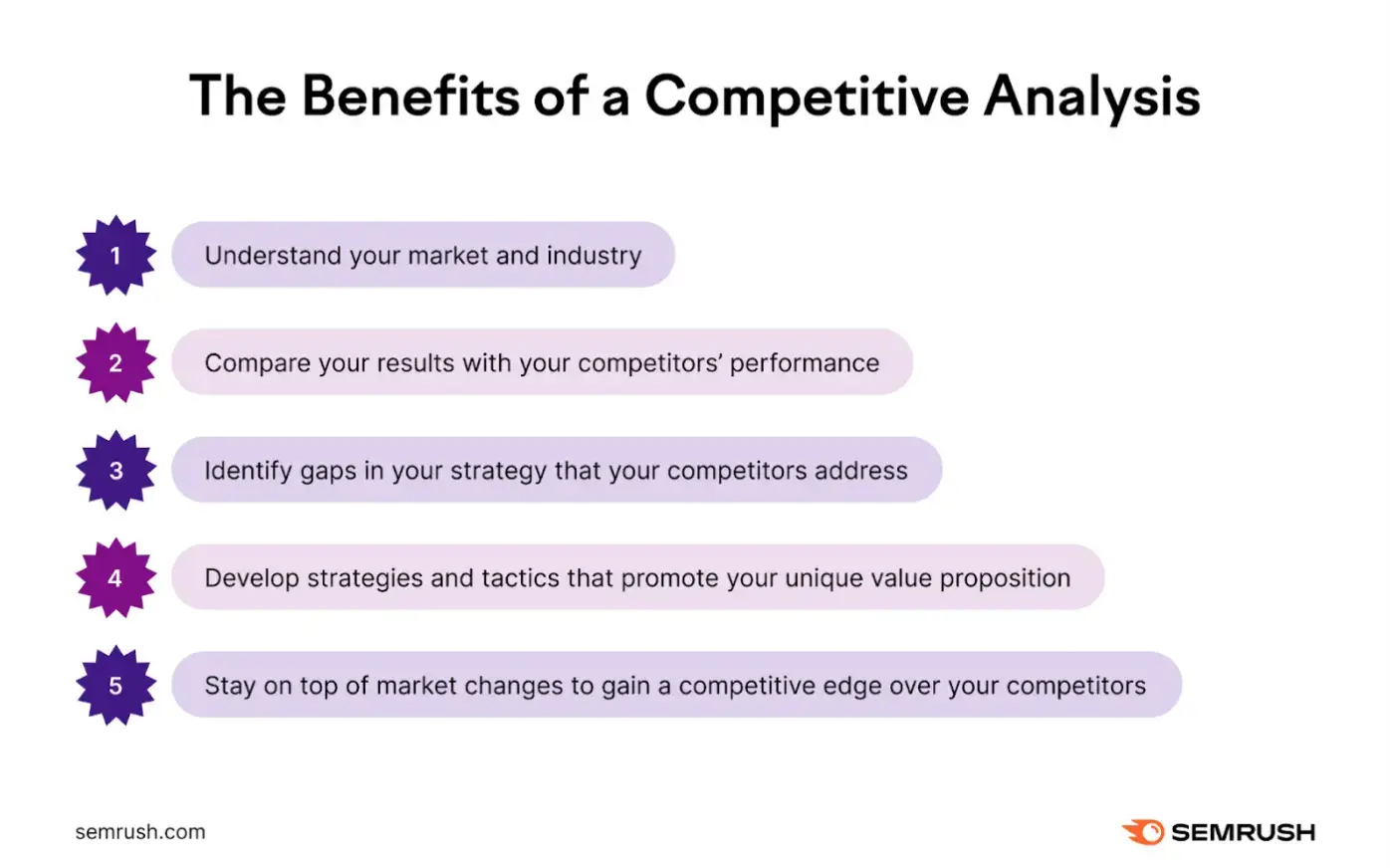
What are your competitors doing that you don’t? Do they have a different pricing strategy? Products with different features? Maybe they even have a different launch strategy for new products.
The main idea of competitor analysis is not to copy what they do but to identify market gaps where you could outperform them.
It lets you see where they are performing well and why. It may be something as simple as them offering a lower price point on a similar product but it affords you the opportunity to either beat their pricing or shape your product into something that solves problems more efficiently.
6. Market trends
Monitoring trends in your chosen market can be an effective way of identifying market gaps. You can use tools such as Google Trends to focus on searches that use keywords related to your business.
For example, you provide call center solutions and notice a trend in searches using the term ‘chatbots’. With massive interest in chatbots, you can see that it’s a product people want.
You could then develop your chatbot software so that it’s better than anything currently on offer and turn an opportunity into sales. There are also various market reports on offer, such as Paddles SaaS B2B report, which can help you identify trends, patterns, and potential market gaps.
7. International trends
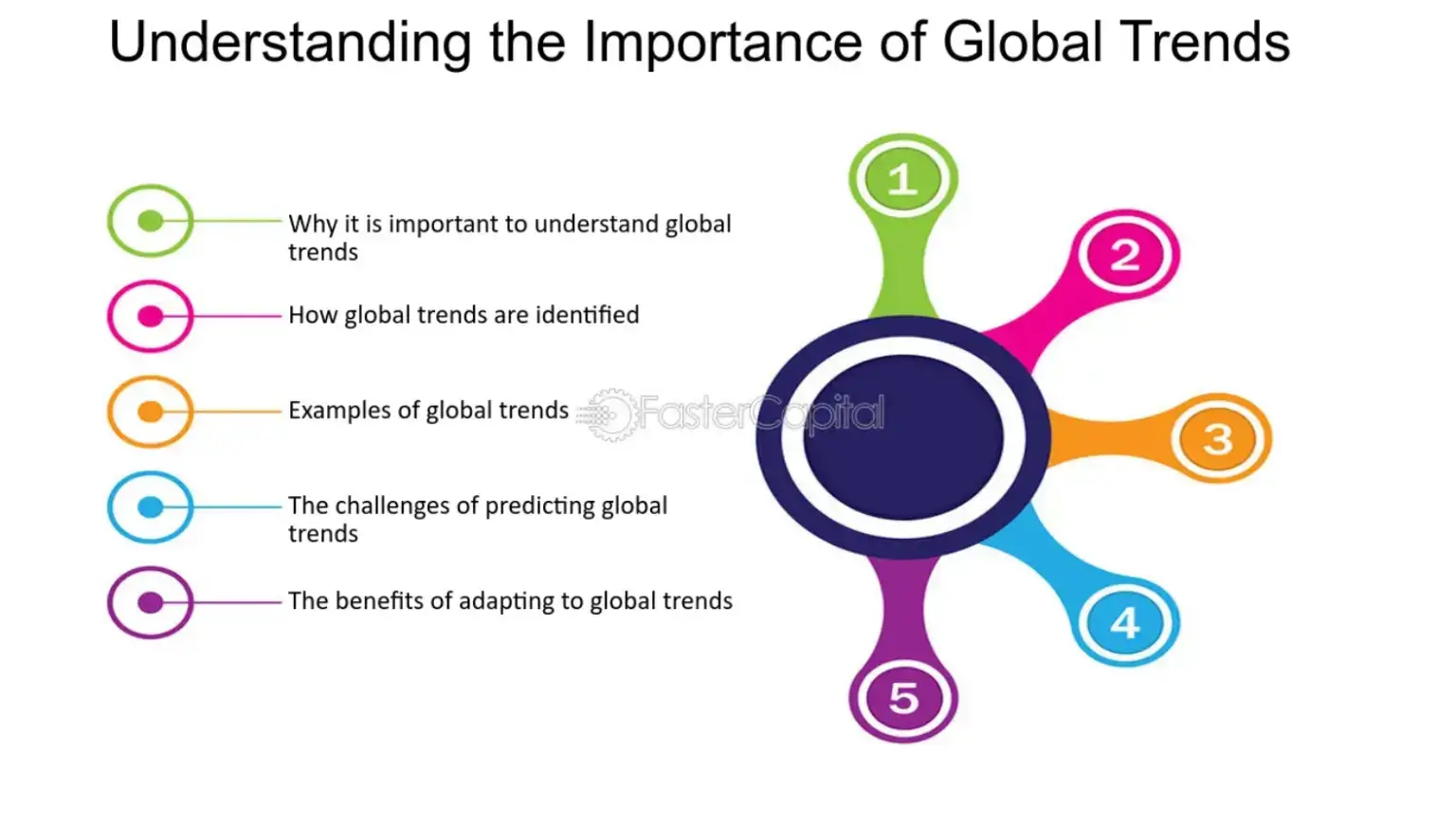
Source: FasterCapital
Innovation is global and sometimes a new product can appear in another country before it’s available in your market. Global innovation is not just about new products, however, and you could see a revolutionary new feature added to an existing product.
If those new products or features are successful, you can look at how this presents you with an opportunity. It’s worth noting here that you may not be the ‘sole owner’ of a new idea.
If something is copyrighted or patented, you could still look at licensing the idea from the original developer, something that could put you ahead of your competitors and could stimulate business growth.
8. Conferences and seminars
Industry conferences and seminars can be a great source of information when it comes to market gaps.
If A is developing B, then it’s because there is a perceived need for B. It could be compared to competitor analysis with the added bonus of seeing what science may be doing in that area.
For example, you might attend a seminar on the benefits of snowflake schema.
The discussions in that seminar may give you various ideas on how to develop your data-related products to be better than what’s available and to fill any identified market gaps.
9. Economic or legal shifts
Market gaps are not always directly product-related.
If there are planned changes to laws and regulations, you could see a gap where your products or services are already compliant (or can be changed to be) with the planned changes.
By being able to quickly adapt to any proposals, you can stay ahead of your competitors, boost sales and revenue, and see your business grow.
Similarly, if an economic downturn is forecast, you know that your customers' spending power will likely decrease. You may see this as an opportunity and a market gap where people may still buy your products if priced lower than now.
10. Industry changes
This is an area where a combination of methods can be added.
The thing to remember is that your competitors will also be looking for market gaps and opportunities, but you don’t just want to keep abreast of them, you want to stay ahead of them.
Keeping an eye on potential changes to how your industry operates is an important part of that.
For example, if you’re in manufacturing, you will have seen increasing use of automation over recent years. An organization announces that they have developed new automated machinery that improves efficiency and/or productivity.
You can then decide to get in quickly and invest in these new systems. It's also another area where artificial intelligence and machine learning can help you to forecast future patterns.
11. Look beyond products and services
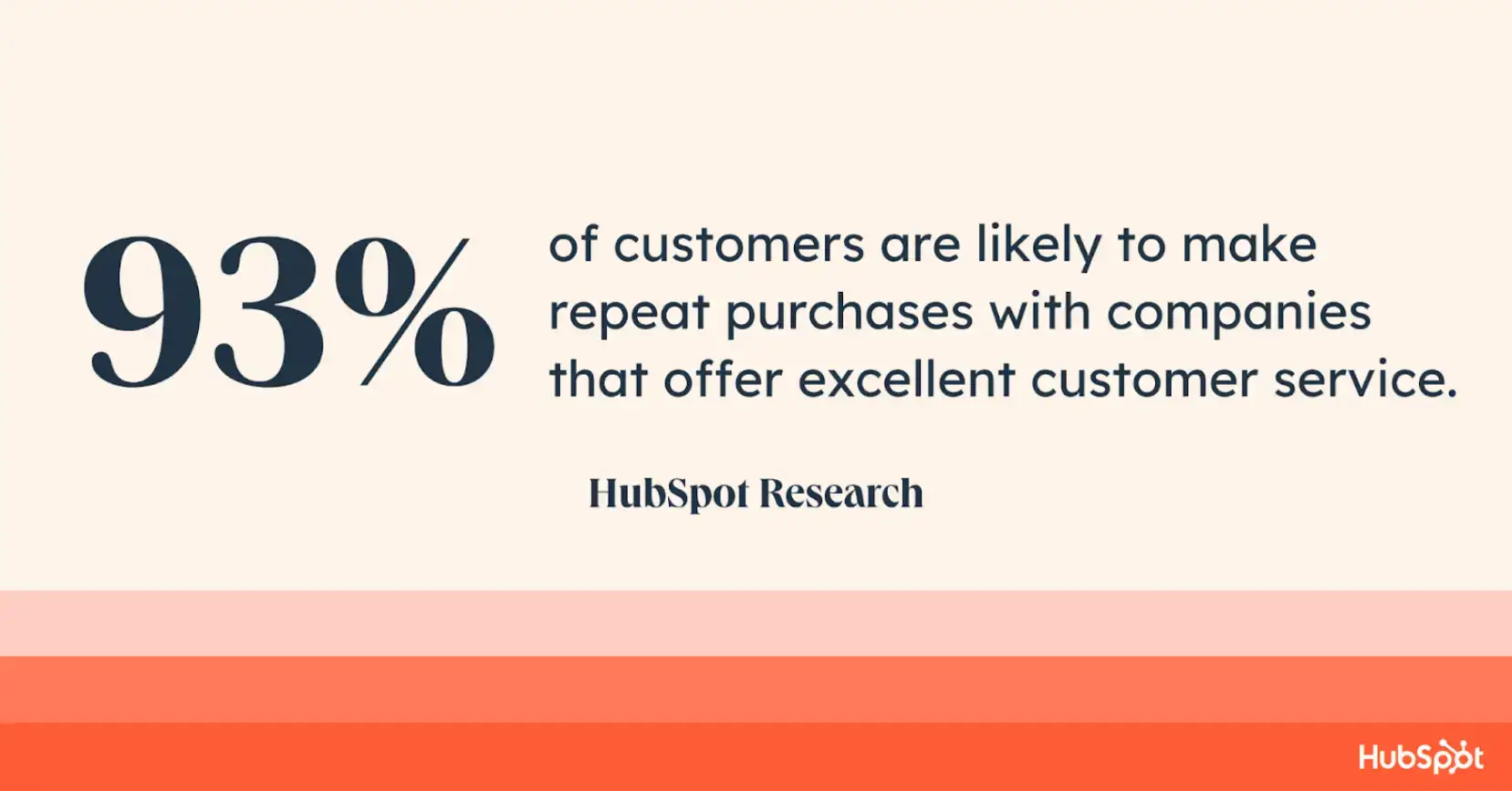
As mentioned, market gaps need not focus on the products available. Opportunities can also arise to grow your customer base when your competitors fall short of consumer expectations.
By identifying those gaps, you can emphasize how you can provide better service or offerings and can then increase your growth rate. Some areas you should look at include:
- Customer service. It’s worth noting that in 34% of cases where people receive poor customer service, they will switch brands.
- Marketing. If a business offers poor marketing to its target market, then customers will look elsewhere. This could include a lack of effective mobile marketing.
- Technical support. For technical or software products, a robust technical support system can influence customers. As well as a dedicated team, this can include an FAQ section and self-service.
- Pricing. While keeping one eye on your margins, lower price points could tempt consumers away from your competitors.
You’ve Identified Market Gaps, What Now?
What should be your next step once you identify any market gaps? The important thing to note here is that just because a gap exists, it doesn’t mean that it’s cost-effective to fill it.
You need to look closer at the gap and see how feasible it would be to take the opportunity. While services such as technical support will be easy to improve or promote, it may not be the same with some things.
With the growing use of AI in e-commerce, the market is seeing constant innovation or improvement to existing features.
You need to weigh up the potential costs of developing a new product in this sector with the risk of it being superseded by a competitor. Innovation can be very fluid and what was brilliant last year may be outdated next year.
The golden rule with market gaps is to rein in your enthusiasm with some reality. Does your new product solve existing issues and will it have the ‘shelf life’ to help your business grow?
Identify the gap, see what idea could fill that gap, and then validate your idea through more analysis of the data. While filling a market gap could boost your revenue, it could also be a costly exercise if not done properly.
You need to look at everything from consumer behaviors to customer demand. If you operate in a niche market, there may be fewer opportunities yet any market gaps may be more obvious.
In every method for spotting market gaps, data plays a prominent role. You’re either collecting new data or analyzing existing data that may highlight particular market dynamics.
The Takeaway

Free to use image from Pixabay
No matter what size of business you have, market gaps can represent a real opportunity for growth.
If a smaller business sees a market gap – and capitalizes on it – it can boost its growth rate as well as increase brand awareness. For larger businesses, these gaps can help them cement their market position.
As with any business decision, market gaps should be approached with a degree of caution.
If it is a feasible opportunity, then you can use it to not only improve your growth rate but to increase brand awareness and establish your company as a trusted authority in your market.


